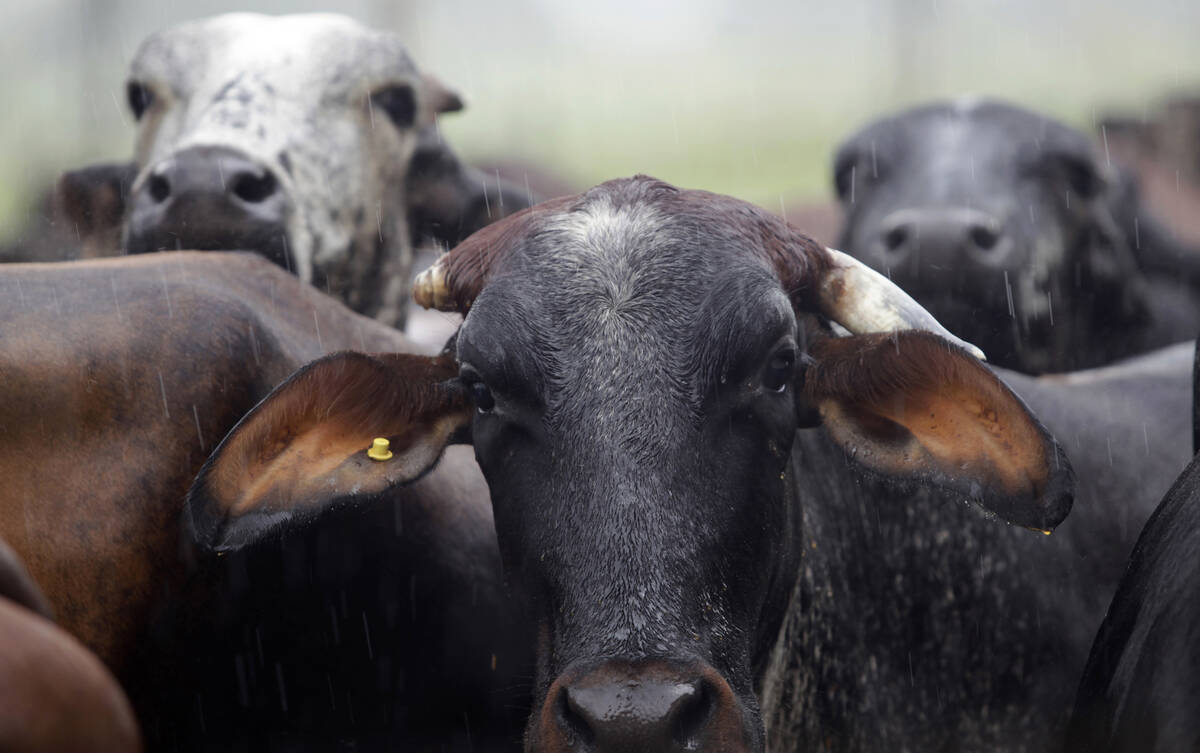Few livestock producers would say border closures are good for business, but Jersey Canada’s Russell Gammon said it’s been a gold mine.
“BSE came along, we weren’t exporting cows out of the country, so our Canadian stock got replenished,” said Gammon.
Before the closure, most Canadian Jersey cows were exported to the United States.
“It was good for people who had animals to sell, but if you were looking at breeding Jerseys in Canada, the cows were leaving the country,” said Gammon.
Now those who have not been able to obtain Jerseys aren’t seeing the usual competition from Mexico and the U.S. The border closure effectively locked the animals into Canada, making them more available.
Read Also

Global meat packer prepares for cattle shortage
Brazilian meat packer JBS is preparing for a likely shift in the country’s cattle cycle that could lead to reduced availability of animals for slaughter next year.
“The price came down a little bit because their animals were still here in Canada,” said Gammon.
In a recent news release, Jersey Canada proclaimed 2007 as a “year of action and historic accomplishment.”
According to the company, it had the most animals registered since 2002. Registrations are up 10.5 percent from 2003, and membership has grown 28 percent since 2001.
Between 2001 and 2007, the number of recorded milking herds in Canada with Jerseys in them rose 65 percent, to 1,004 from 607.
Arnold Van Os, from Wetaskawin, Alta., started his dairy with Holsteins in 1999, but switched to Jerseys in 2003.
“I went to Alberta Milk and let them do the math, and it turned out it was beneficial to change to Jerseys,” said Van Os.
His herd is now 90 percent Jersey and 10 percent Holstein, and he plans to phase out Holsteins completely in the coming years.
While he isn’t sure whether the border closure had helped the Jersey breed overall, he said it became easier to find Jerseys. There were other factors involved in the switch as well.
“The stalls in my barn were not quite big enough for the Holsteins,” said Van Os. Rather than renovate his barn, he switched to the smaller Jersey, which made rebuilding unnecessary.
Before the early 1990s, milk’s butterfat value was the main factor in pricing. Under the new pricing system, other solids are given consideration along with butterfat.
“The industry started paying on that basis, and that’s when some of the turnaround for the Jersey cow began to take place,” said Gammon.
Van Os agreed: “The protein used to be priced higher than the butterfat, but then in 2003 they changed it, and they priced the butterfat quite a bit higher than the protein.”
That was another factor in his decision to go Jersey.
Keith Flaman, the general manager of Holstein Canada, agreed that the border closing made recent years as good a time as any to start experimenting with other breeds.
“You wouldn’t want to make a complete right turn on what you’re doing, but testing the market for comparative purposes is probably good business,” said Flaman.
He urged people to “be careful about how statistical information is presented,” but said he had no doubts that Jersey Canada’s claims were true.
“I have a son who lives out in Saskatchewan who milks cows, and lo and behold if I didn’t see a couple of Jerseys in his herd. I just about took the big one,” said Flaman with a chuckle.














